Sometimes you find a plant that has a little label that says something along the lines of "This plant is patent protected. Do not propagate."
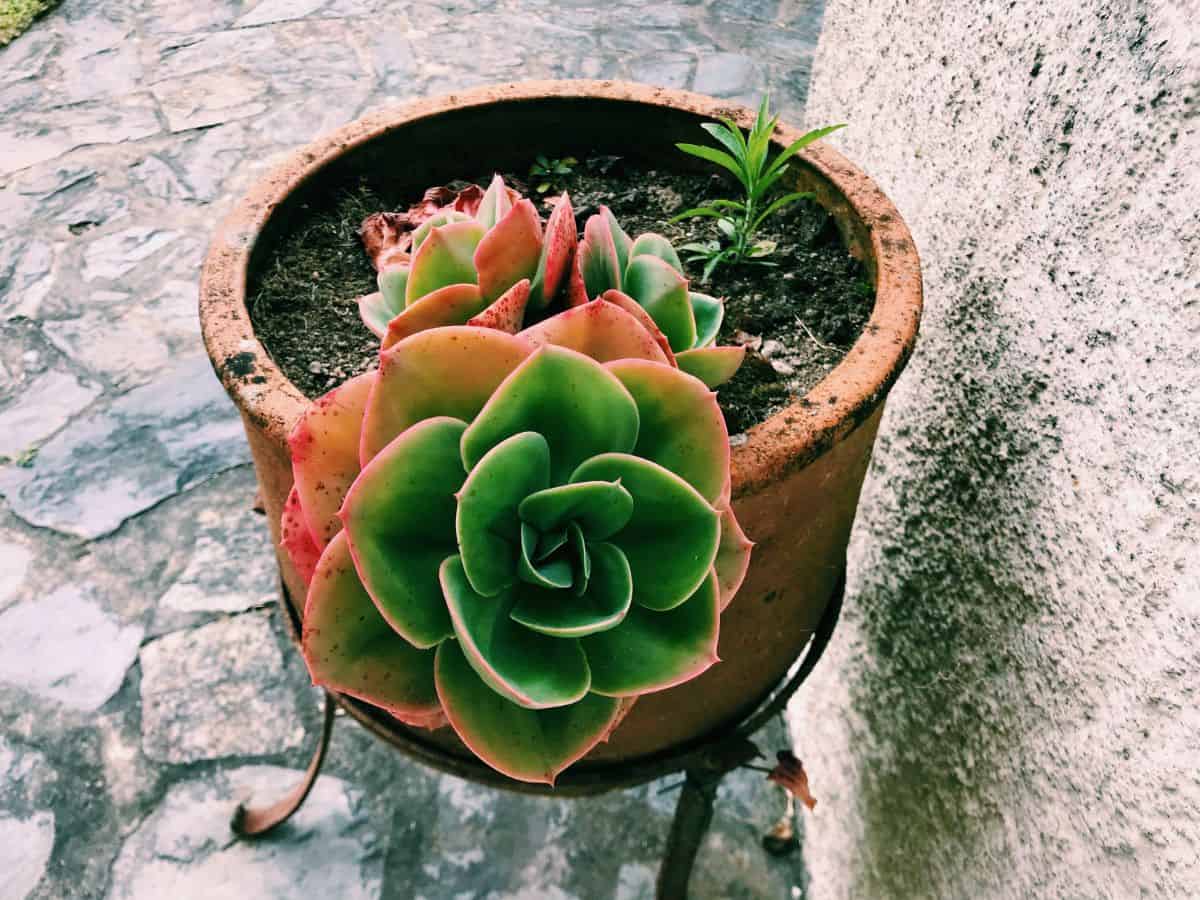
What's the deal with that? How do you copyright a plant?
Read on to find out what it means, and what you can do.
First thing's first - let's clarify some legal terms.
Jump to:
Patent vs Copyright vs Trademark
These terms are often used interchangeably in daily conversation, but they actually mean different stuff. It actually has an impact on your succulents too!
Violating any of these property rights can lead to fines.
Read Also: Echeveria vs Sempervivum
Patent
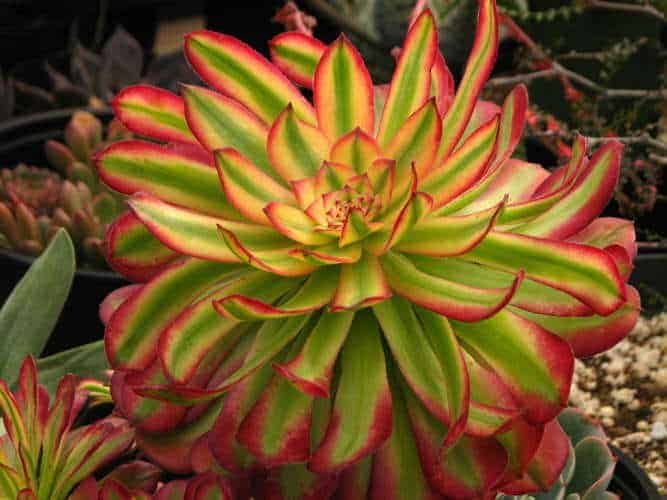
A patent has to be registered with the government (and is generally not enforceable internationally). It's meant to protect inventions of all kinds - including new cultivars of plants!
Registering a patent is a fairly lengthy and expensive process. Plant patents last 20 years before the patent expires and the plant enters public domain.
Trademark
Trademarks, while they can be registered, are usually instituted under common law and only last while they're "in use".
No products found.
Take Nike for example. Their slogan is "Just do it." and that is trademarked. They might not have been the first company to use that phrase, but they are indisputably the company with which that phrase is associated.
As long as that is true, Nike has rights to the slogan.
Read Related Reading: How to Treat Mealybugs on your Succulents
Copyright
Copyright generally only refers to authored works - books, poems, plays, music, movies, etc.
This shouldn't ever really apply to plants, so don't worry about it.
Why Is My Plant Patented (Or Trademarked)?
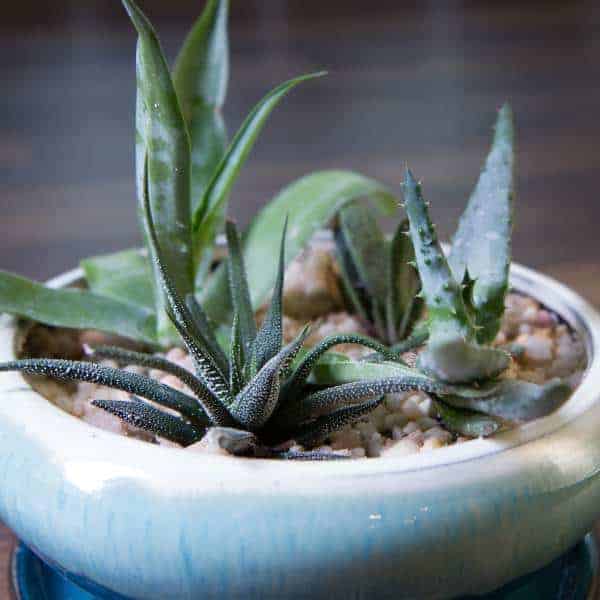
Just like we bred dogs to have many different shapes and sizes, we've done the same to plants.
There are lots of reasons we've artificially bred plants - bigger fruit or flowers, longer growing seasons, new colors, drought tolerance, etc.
There are several methods to artificially breed them too! Anything from directly modifying genes, to pollinating individuals by hand. In extreme cases, people bombard plants with radiation to induce mutations with unpredictable results!
One thing that all these artificial breeds have in common is this:
It's really hard (and really expensive) to do.
Some nurseries spend tens of thousands of dollars breeding roses with new colors, or with blooms that last longer. Those thornless roses you bought for Valentine's day last year were probably bred to be that way (although there are naturally-occurring thornless roses).
When you put that much effort into essentially inventing a new plant, you want to protect your work. Just like an author or composer might!
Read Related Topic: Shipping Succulents: How to Mail Plants
What Does a Patented or Trademarked Plant Mean for Me?
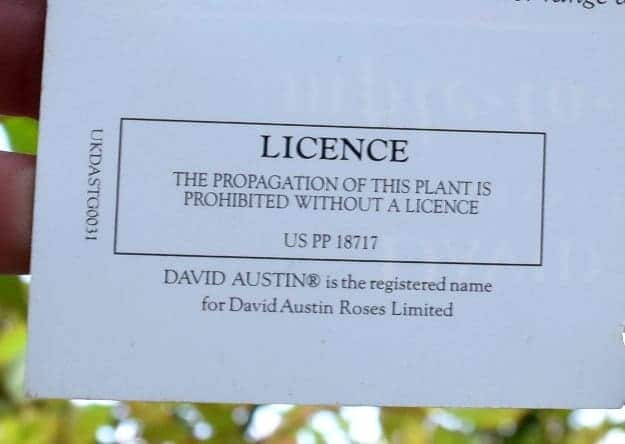
Oftentimes, the same label that tells you about the property rights on a particular cultivar will also tell you what it covers. Here are the legal definitions if you need some more info.
Read Also: Succulent Hybrids Explained
Patents
A plant patent means that you only bought the right to use that plant. You are not allowed to propagate it in anyway.
Yup, believe it or not, you it's technically illegal to take cuttings, trimmings, or asexually propagate your patented plant.
However, you could actually make more by encouraging sexual reproduction - i.e. pollination.
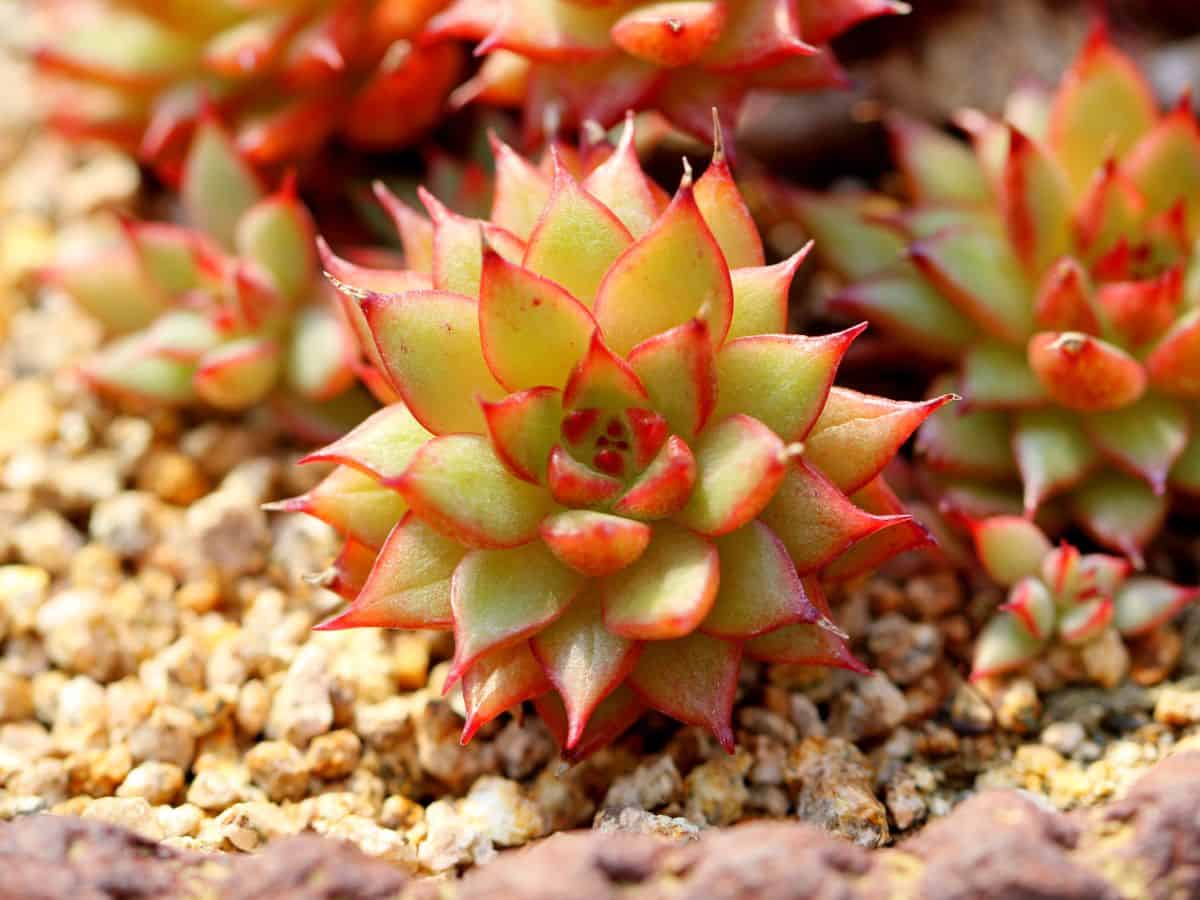
See, when plant A and plant B reproduce sexually, they don't make another plant A or plant B. They make plant C.
That's a big deal in the horticulture world too! Every single gala apple you've ever eaten has been from the "same" tree. That original gala tree has provided branches that were grafted onto other apple trees - and that gala branch makes gala apples. If you ever planted a seed from a gala apple it would grow into something similar, but different than a gala because it was pollinated with a non-gala apple flower.
That's all confusing, but the long and short is that pollinating produces a totally new plant (that you could patent if you wanted!).
Trademark
Trademarks are much less strict.
If a cultivar is trademarked you can propagate it. You can even sell those babies!
The only restriction is that you can't sell it under the same name it was sold to you under. If you buy Echeveria elegans "Supernova Sexy" you could propagate it, name it Echeveria elegans "Supernova Beautiful" and sell it.
Final Thoughts
You shouldn't do illegal things. That's bad.
However... property rights are only valid in the country they are registered in. If your cultivar is from the US, but you don't live there - go wild.
In addition, these regulations are only enforced at nurseries and greenhouses.
When was the last time the plant police knocked on your door and asked to look at your window sills? Exactly.


Jennifer
Very informative
Shandon
Super helpful article!!!